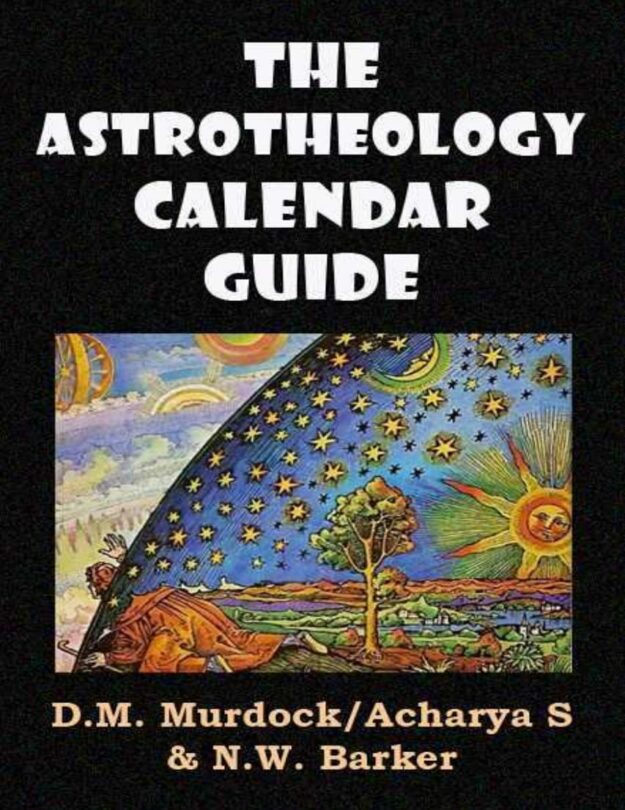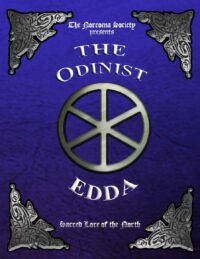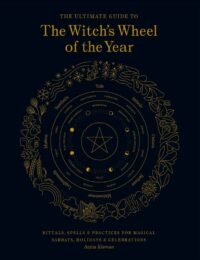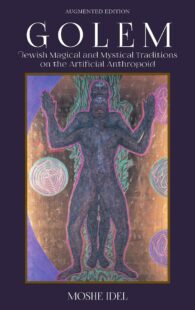“The Astrotheology Calendar Guide” by D.M Murdock/Acharya S and N.W. Barker

"Although they are often overlooked, calendars constitute one of the most important cultural artifacts of human creation. Not only do they order our lives, which is in itself an extremely important function that allows for life on Earth to proceed with regularity, but the study of the history of calendars also reveals very important developments in the field of comparative religion and mythology, as well as the predominantly astrotheological nature of many of humankind's faiths.
Astrotheology represents the observation and reverence of natural phenomena, including celestial bodies such as the sun, moon, planets, stars and constellations. Broadly speaking, however, we can incorporate general nature worship into the term as well, such that "astrotheology" could be used to describe the ancient global religion as a whole, which also personified perceived spirits in elements such as wind, water, fire and earth, as well as anthropomorphizing animals, such as the crocodile, hawk and ibis in Egypt, or the monkey and elephant in India. Frequently, natural substances that merited reverence from the ancients, such as grain and wine, were assigned a genius, daemon or divinity of some sort. The most obvious entities in the astrotheological religion are the celestial bodies, which include planet Earth, while their influence and presence are often inextricably linked to other natural phenomena such as the growth of plants, the harvest time and the ripening and fermenting of grapes. Animals too are affected by the celestial bodies such as the sun and moon. Hence, the reverence of all of these entities and elements as expressed in numerous sacred celebrations is included in the definition of astrotheology."









Comments and discussion can be found in the channel